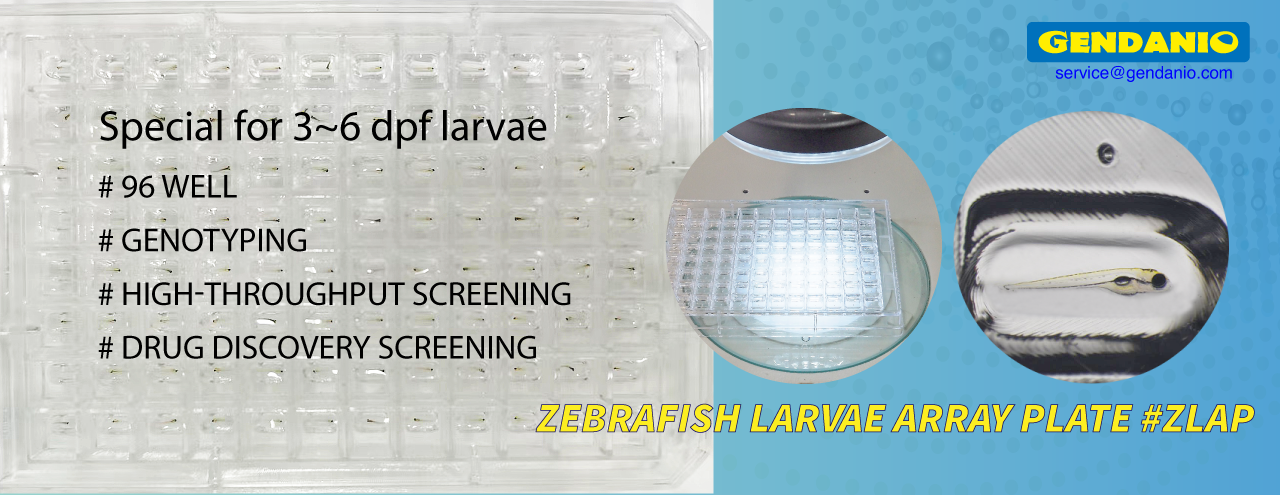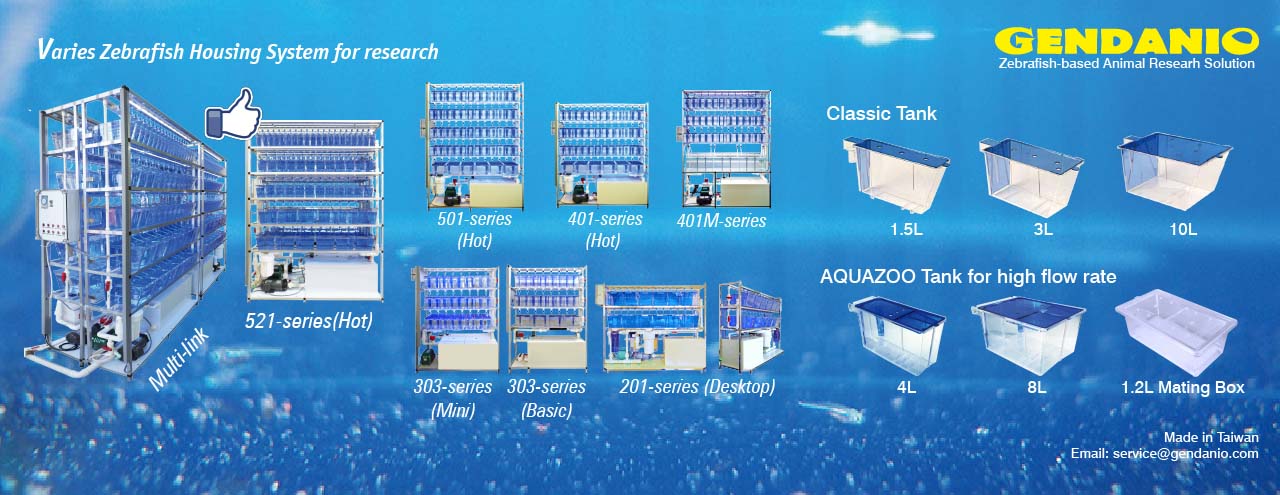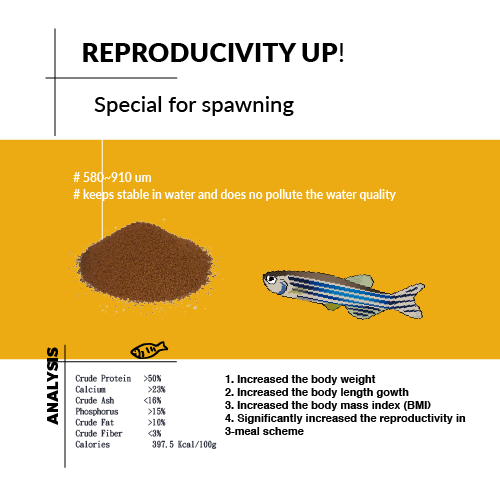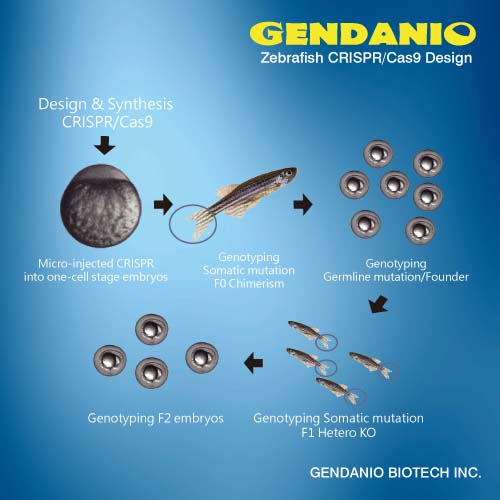Worked out exactly how zebrafish uses special acid to re-grow body parts
Last updated at 10:38 AM on 25th November 2011

Scientists have finally discovered how some animals can regenerate amputated limbs or damaged organs after three decades of research.
It was previously known that some species used a special acid to re-grow parts of their body, but no-one was sure exactly how it worked.
Now a team of researchers from the University of Konstanz in southern Germany claim they have solved the riddle after studying a master in the art of limb regeneration - the zebrafish.
While it was understood that retinoic acid played a part in the tropical freshwater fish's ability to rebuild its fins and even heart muscles, the team found it was a critical element.
Gerrit Begemann, lead researcher at Konstanz, told The Local: 'It is a huge success for us. Up to now, no-one has really looked into what the actual function of this acid is.'

Far off hope: Humans can produce the acid used in limb regeneration from vitamin A, but it not known how this discovery can be applied to us, if at all
Before the zebrafish’s fins regenerate, the wound is closed with multiple layers of tissue. The cells beneath the stump then lose their identity and form what is called blastema.
Researchers found that the fish uses a special genetic trick that allows the acid to control the formation of blastema, which means the animal is able to produce a store of cells that can rebuild the fin.
Retinoic acid is produced by animals, including humans, from vitamin A and can activate the necessary genes for regeneration.
It has been shown that pregnant women who do not take enough vitamin A in their diet can have underdeveloped foetuses.
But it will be some time before this knowledge can bring any benefit to humans.
'I wish I could say there is some medical application,' said Dr Begemann.
'The problem is humans can’t regenerate tissue. And at the moment we don’t understand enough about why not. Ultimately we want to know why.'
Source: dailymail
























